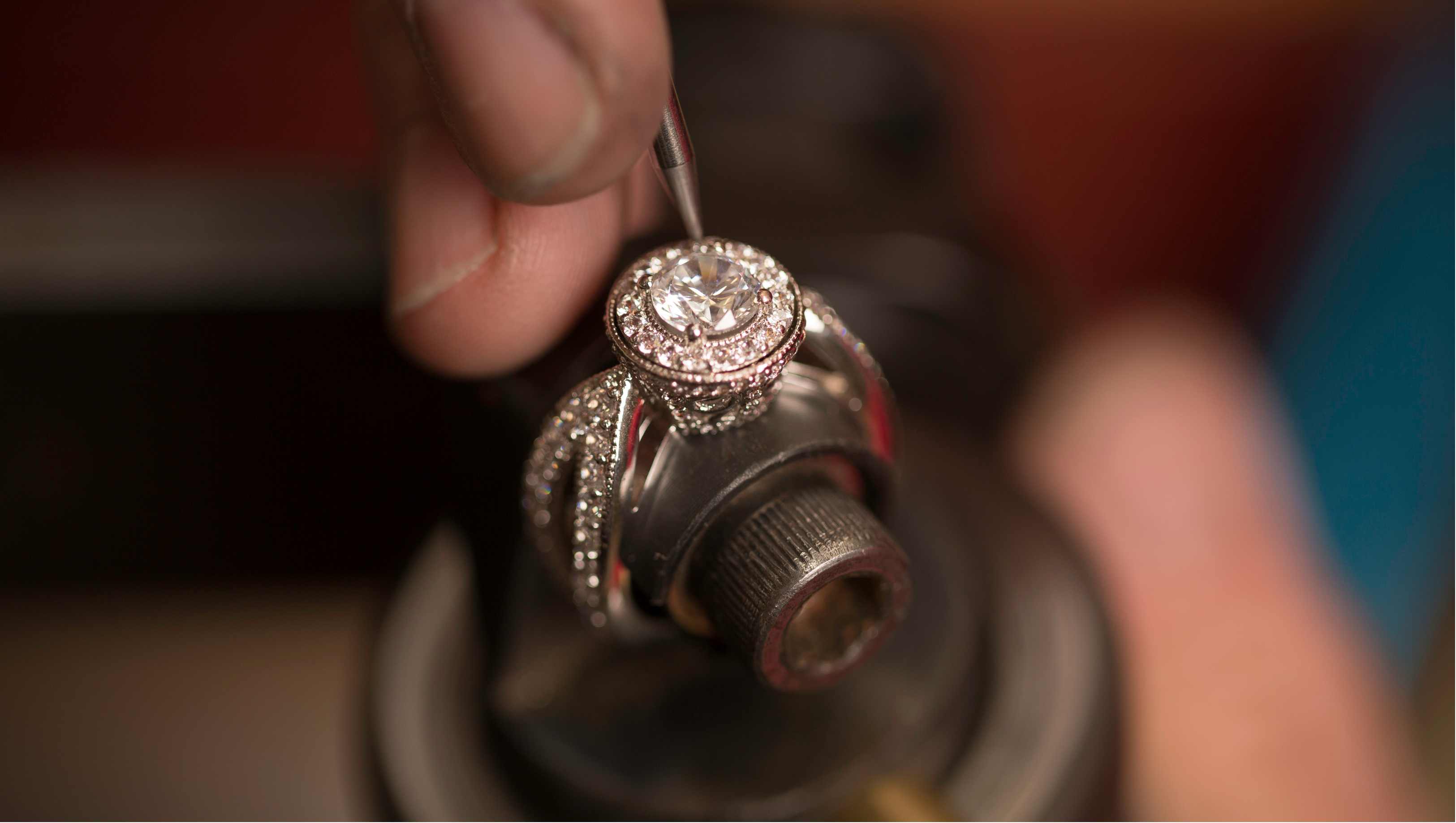Can A Diamond Chip Or Break?
March 21st, 2024

Diamonds, known for their unparalleled brilliance and durability, have long been revered as one of the hardest substances on Earth. Yet, amidst the fascination surrounding these precious gemstones, a question often arises: Can a diamond chip or break? Let's delve into the science behind diamonds to debunk this common misconception.
Understanding Diamond Hardness
The Mohs scale of mineral hardness ranks minerals based on their scratch resistance against other minerals. Diamonds sit at the very top of this scale, boasting a perfect 10. This implies that a diamond can scratch any other substance, making it seem invincible. However, hardness does not mean indestructible.
The Vulnerabilities of Diamonds
While diamonds are exceptionally hard, they are not immune to damage. One key vulnerability lies in their crystal structure. Diamonds can split along specific planes of weakness, which is why diamond cutters meticulously study the gem's structure to maximize its brilliance while minimizing the risk of fractures.
Additionally, although diamonds are resilient to scratches, they can still chip or break upon encountering a strong impact. This vulnerability is particularly evident in diamonds with flaws or inclusions, which act as stress points, making them more susceptible to damage. Certain daily activities are best avoided while wearing your ring to ensure a diamond isn’t damaged.
Factors Affecting Diamond Durability
Several factors contribute to a diamond's susceptibility to chipping or breaking:
- Cut Quality: A well-cut diamond distributes stress more evenly, reducing the likelihood of fractures. Conversely, a poorly cut diamond may have weak points that compromise its durability.
- Size and Shape: Larger diamonds are more prone to breakage due to their increased surface area, while fancy-shaped diamonds with pointed edges, such as marquise or pear cuts, are at higher risk compared to round brilliants.
- Setting and Maintenance: The way a diamond is set in jewelry affects its exposure to potential damage. Prong settings leave more of the diamond exposed, increasing the risk of impact. Regular maintenance, including inspections and cleanings, can help detect and prevent potential issues.
Myth vs. Reality
Contrary to popular belief, diamonds can indeed chip or break under certain circumstances. While they are incredibly durable, they are not immune to damage. Understanding their vulnerabilities and taking appropriate precautions can help mitigate the risk of damage and ensure the longevity of these cherished gemstones.
While diamonds reign supreme in terms of hardness, they are not exempt from the laws of physics. Chipping or breaking is a possibility, although rare, especially when considering factors such as flaws, size, and setting. However, with proper care and maintenance, diamond wearers can continue to enjoy these remarkable gemstones' timeless beauty and brilliance for generations to come. Remember, while diamonds may be forever, they still benefit from a little TLC to preserve their sparkle. Get your diamonds cleaned and inspected regularly at a James & Sons store near you! Our jewelry stores are located in Chicago, Naperville, Orland Park, and Schererville.

